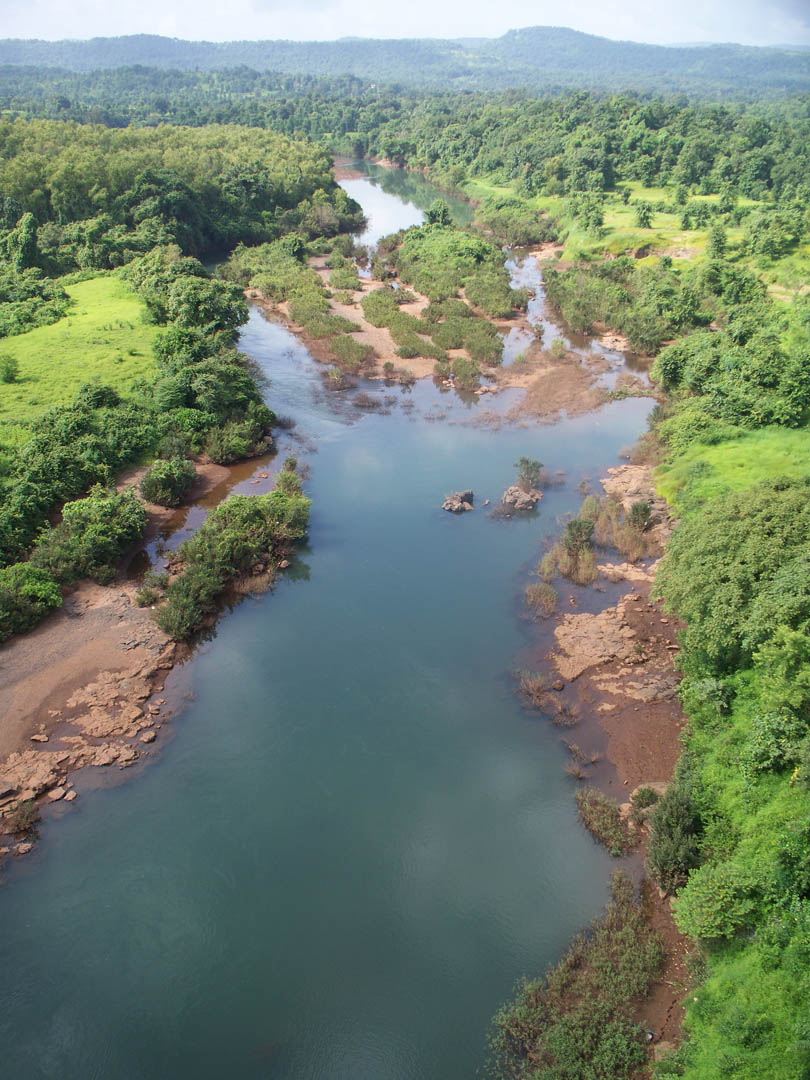Managing flood risk and our water resources: adapting and increasing our resilience to climate change
Climate change will increase the frequency and magnitude of climate extremes and cause sea level rise. This requires urgent action to adapt and enhance our resilience to the twin threats of increasing flood risk and the likelihood of more frequent droughts, as well as the secondary effect of rising sea levels on the resilience of infrastructure around the coast. At JBA, we focus on supporting clients to be aware, adapt, respond and recover from these diverging conditions, encouraging and delivering effective water management and integration.
Pressures from our rapidly growing population compound the impacts of climate change. The management and resilience of our water resources is fast becoming a critical theme affecting Ireland. Our water resources team is expert in translating hydrological and hydrogeological information, alongside climate change projections to support the process of planning, development and use and protection of our precious water resources. For both water quantity and quality, across all sectors.
Our expertise includes:
- Site-specific Flood Risk Assessment (FRA)
- Water Resource Management
- Strategic Flood Risk Management
- Property Flood Resilience
- Water and Wastewater Management
- Hydrogeology and Contaminated Land
- Emergency Planning
- Climate Resilience, Policy and Research
- Climate change adaptation
- Climate Science
- Marine and Coastal Risk Management
- Catchment Scale Flood Risk Management
- Nature-based Solutions for Integrated Catchment and Flood Risk Management
An integrated approach - from practical application to influencing policy development
We specialise in an integrated approach. From supporting the development of flood management policy and zoning decisions at Development Plan level to managing large scale planning applications and undertaking bespoke flood studies to achieve sustainable and resilient development.
We support a wide range of clients and water projects across the private and public sectors: Local Authorities, utility, transport and renewable energy organisations, Government departments and Agencies.





